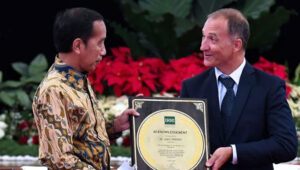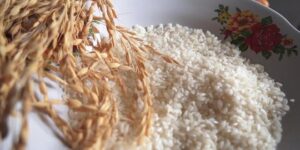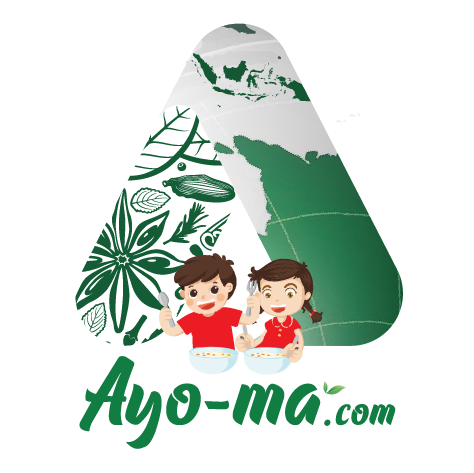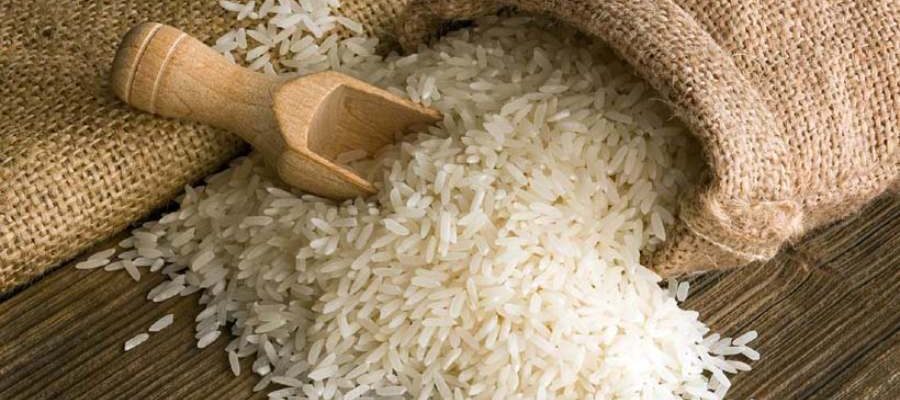Indonesia is the third-largest country among the leading producers of rice in the world. In 2022, the government of the Republic of Indonesia received an award from the International Rice Research Institute (IRRI) for having a good food security system and succeeding in self-sufficiency in rice in the 2019-2021 period. This is the fruit of the labour that began in 2015 when the government started actively building infrastructure in agriculture, superior varieties of rice and implementing intensification and extensification programmes. These efforts have increased rice production in the country, leading to Indonesia’s success in self-sufficiency.

An example of this success story is when, in the midst of the pandemic, Indonesia exported 20 tonnes of Pandan Wangi Cianjur rice to Singapore. Apart from having a fluffy texture, Pandan Wangi Cianjur rice also emits a natural fragrance when cooked, making it one of the favored varieties in Singapore. Another comparative advantage of Pandan Wangi Cianjur rice, besides having its own market in Singapore, is its Geographical Indication certificate, which is a certification that shows the reputation, quality, and characteristics of products produced by a region.

Other than Cianjur Pandan Wangi rice, Indonesia has produced many other types of rice that warrant a Geographical Indication certificate, such as:
- Adan Krayan Rice
- Raja Uncak Kapuas Hulu Rice
- Boreh Solok
- Pulu Mandoti Enrekang Rice
- Siam Epang Sampit Rice
Are you curious about the different types of rice Indonesia has to offer with their distinctive aroma and shape? Let’s explore and sample rice from various regions across the Indonesian archipelago.
Reference:
https://www.indonesia-investments.com/id/bisnis/komoditas/beras/item183
https://media.neliti.com/media/publications/57000-ID-analisis-keunggulan-komparatif-beras-ind.pdf









No comments yet.